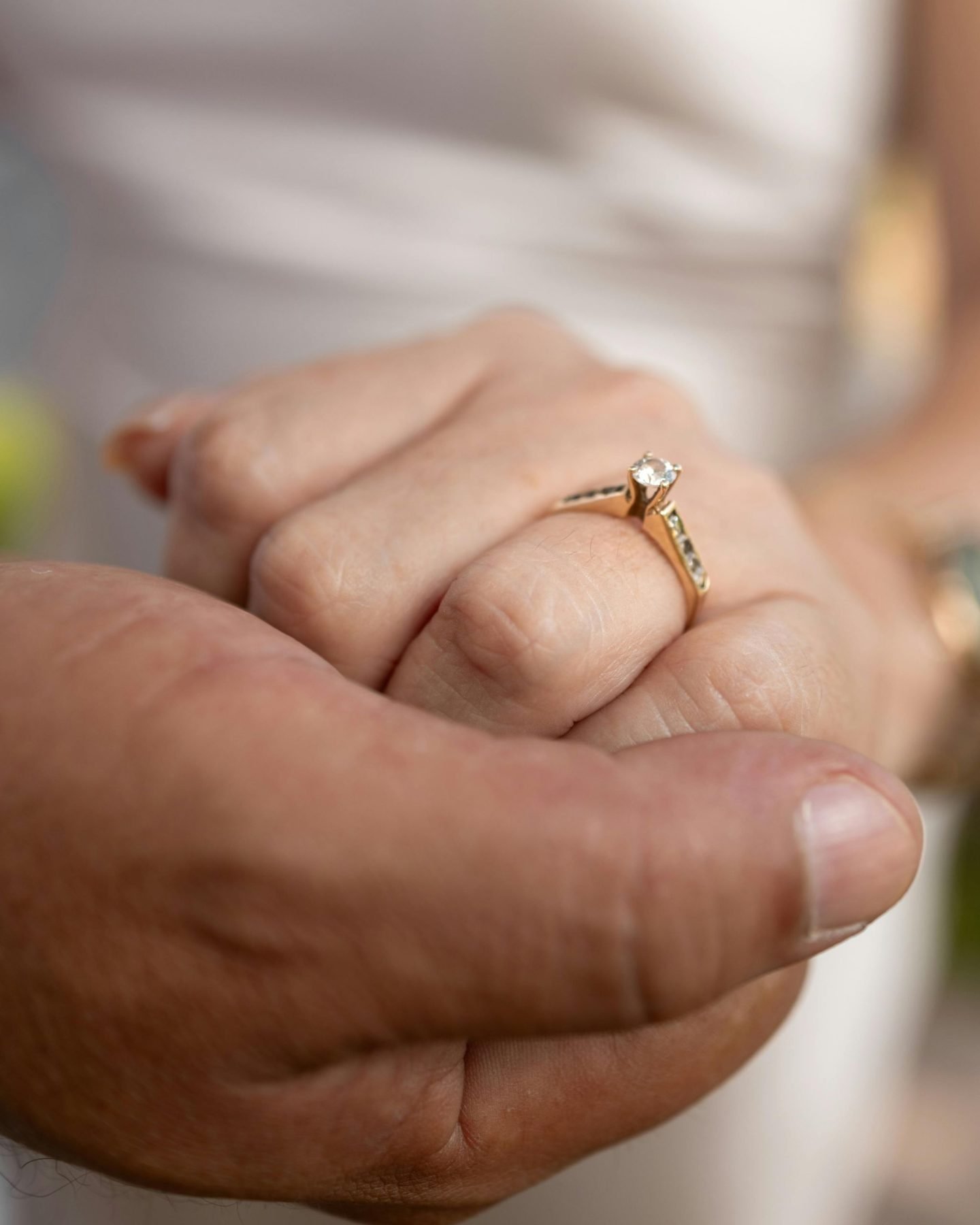
Throughout history, certain symbols have transcended cultural and geographical boundaries, becoming universally recognized icons of love and commitment. One such symbol is the diamond engagement ring, which has become a quintessential part of the journey towards marriage. Whether for a proposal or a wedding, the exchange of rings holds deep significance across nearly all cultures. Regardless of religious or cultural background, the diamond ring universally signifies the bond between two people. Despite its popularity, few people are aware of how this tradition began, and much of its history is a blend of fact, myth, and lore about why diamonds, in particular, have become the gem of choice for such a significant moment in life.
The Origins of the Diamond Engagement Ring
Contrary to popular belief, diamonds were not always associated with jewellery. Initially discovered in India thousands of years ago, diamonds were prized for their mystical properties. Ancient civilizations believed that diamonds had healing powers and could ward off evil spirits. It wasn’t until around the 15th century that diamonds became a common feature in jewellery. The first documented use of a diamond in an engagement ring was in 1477 when Archduke Maximilian of Austria proposed to Mary of Burgundy with a diamond-encrusted ring. This moment marked the beginning of a tradition that initially started among European aristocrats before spreading across different classes and cultures.
The Modern Era of Diamond Rings
For centuries, diamond engagement rings were symbols of wealth and exclusivity, accessible only to the elite. However, the landscape of this tradition changed with the introduction of lab-grown diamonds. These diamonds, which are identical in quality and appearance to their natural counterparts, have made diamond engagement rings far more affordable and accessible to a broader audience. Lab-grown diamonds have sparked debates, with some arguing they are superior in terms of ethical sourcing and environmental impact, while also offering the same beauty and durability as natural diamonds.
Though the first recorded use of a diamond engagement ring is attributed to Archduke Maximilian, this does not imply that he invented the tradition. What his gesture did signify, however, was the start of a practice that would spread across the globe, cementing diamonds as the preferred stone for marking engagements.
Why Diamonds?
Diamonds are often chosen for engagement rings due to their beauty, rarity, and symbolic meaning. Historically, the high cost of natural diamonds was seen as a reflection of the proposer’s commitment. Additionally, the remarkable hardness of diamonds, formed over billions of years, represents an enduring love—something meant to last a lifetime. In today’s world, where lab-grown diamonds have lowered the financial barrier, the symbolism remains the same. Regardless of whether the diamond is natural or lab-grown, it continues to symbolize an unbreakable bond between two people.
In the end, diamonds truly are forever, and the tradition of the diamond engagement ring is likely to endure for generations to come.
